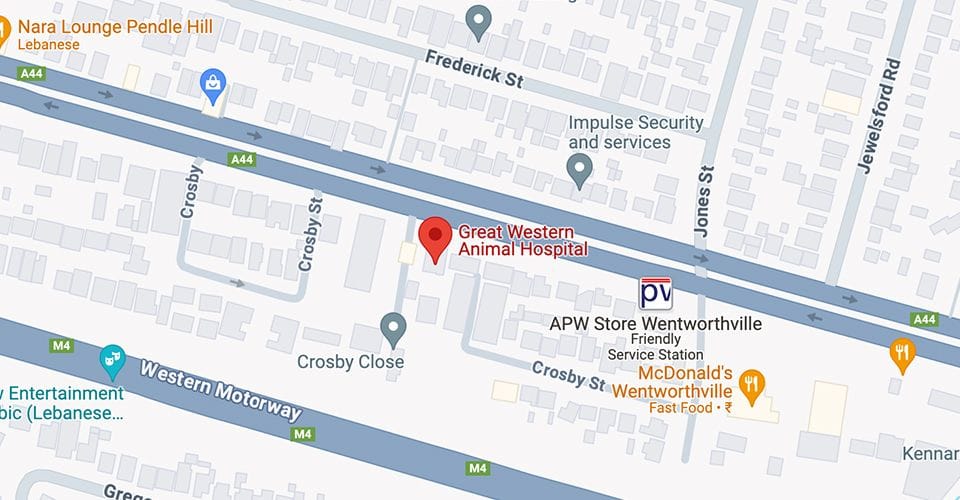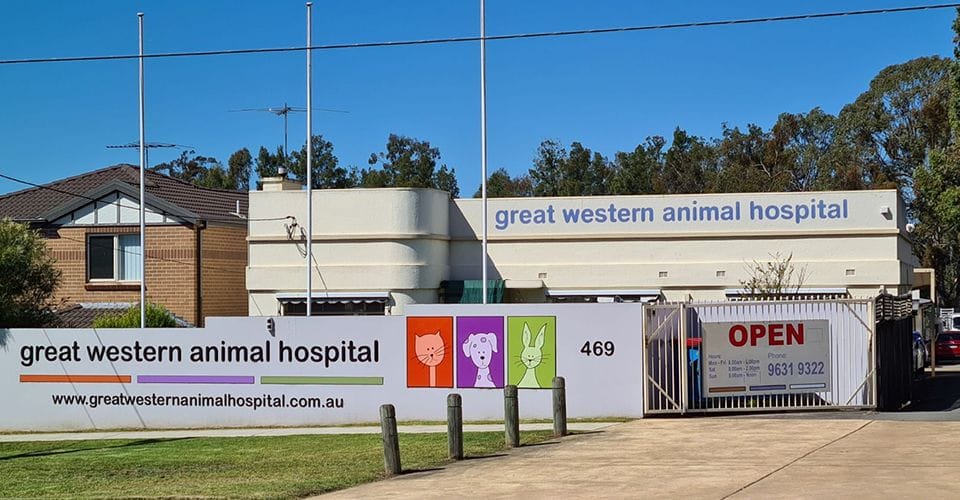How Ultrasound Helps Us Care for Your Pets
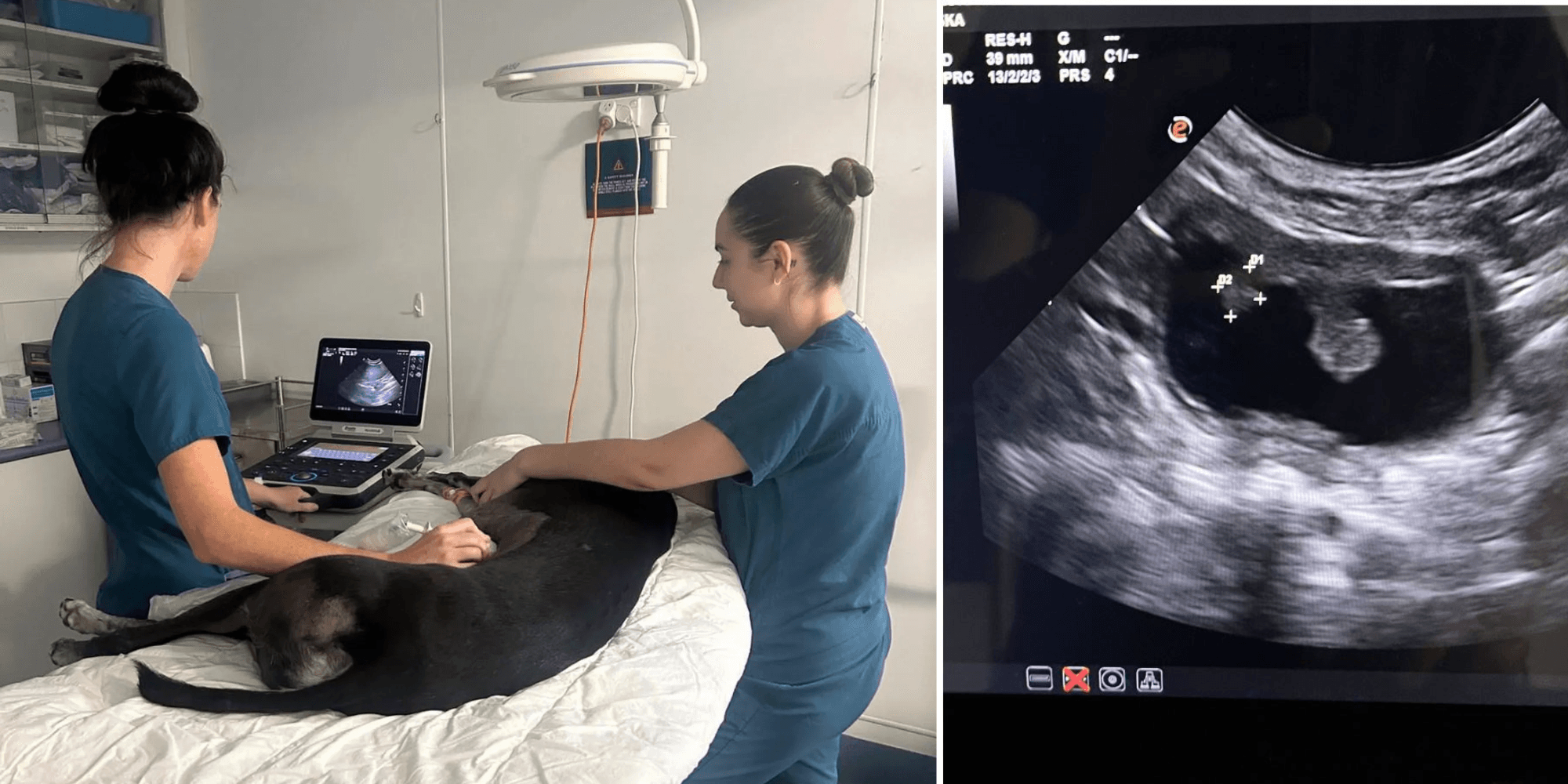)
Ultrasound isn’t just for people it’s also an incredibly useful tool in veterinary medicine. While it used to be something only specialist radiologists performed, today it’s becoming an everyday part of general practice. This approach is called Point of Care Ultrasound (POCUS), and it allows vets to quickly look inside the body to better understand what’s going on with a pet.
At Great Western Animal Hospital, our vets often use ultrasound to complement other tests like bloodwork and X-rays. It’s fast, safe, and can provide answers that help guide treatment. To show you how it works, here are a few real-life examples from our clinic.
Jarule - Checking the Eye
Jarule, an older Miniature Pinscher, came to us with blood in the eye chamber (hyphaemia) that had been present for weeks. One possible cause was a tumour, which in the past could only be screened with an expensive CT scan.
Using ultrasound, Dr Clare was able to gently and safely scan Jarule’s eye under light sedation. The scan showed no signs of cancer but did reveal a detached retina, which explained the bleeding. This meant we could give Jarule’s family clear answers without the need for invasive or costly procedures.
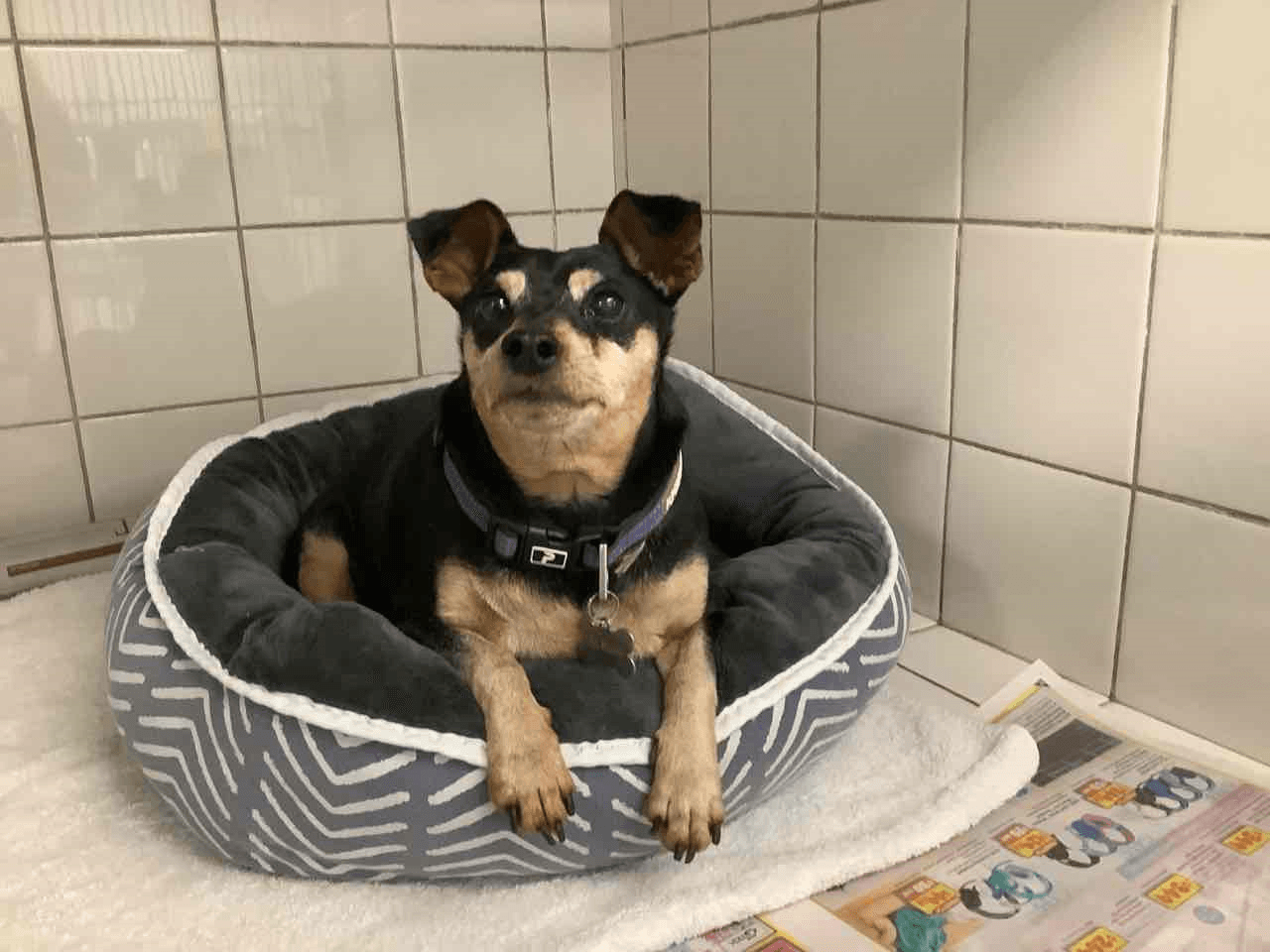
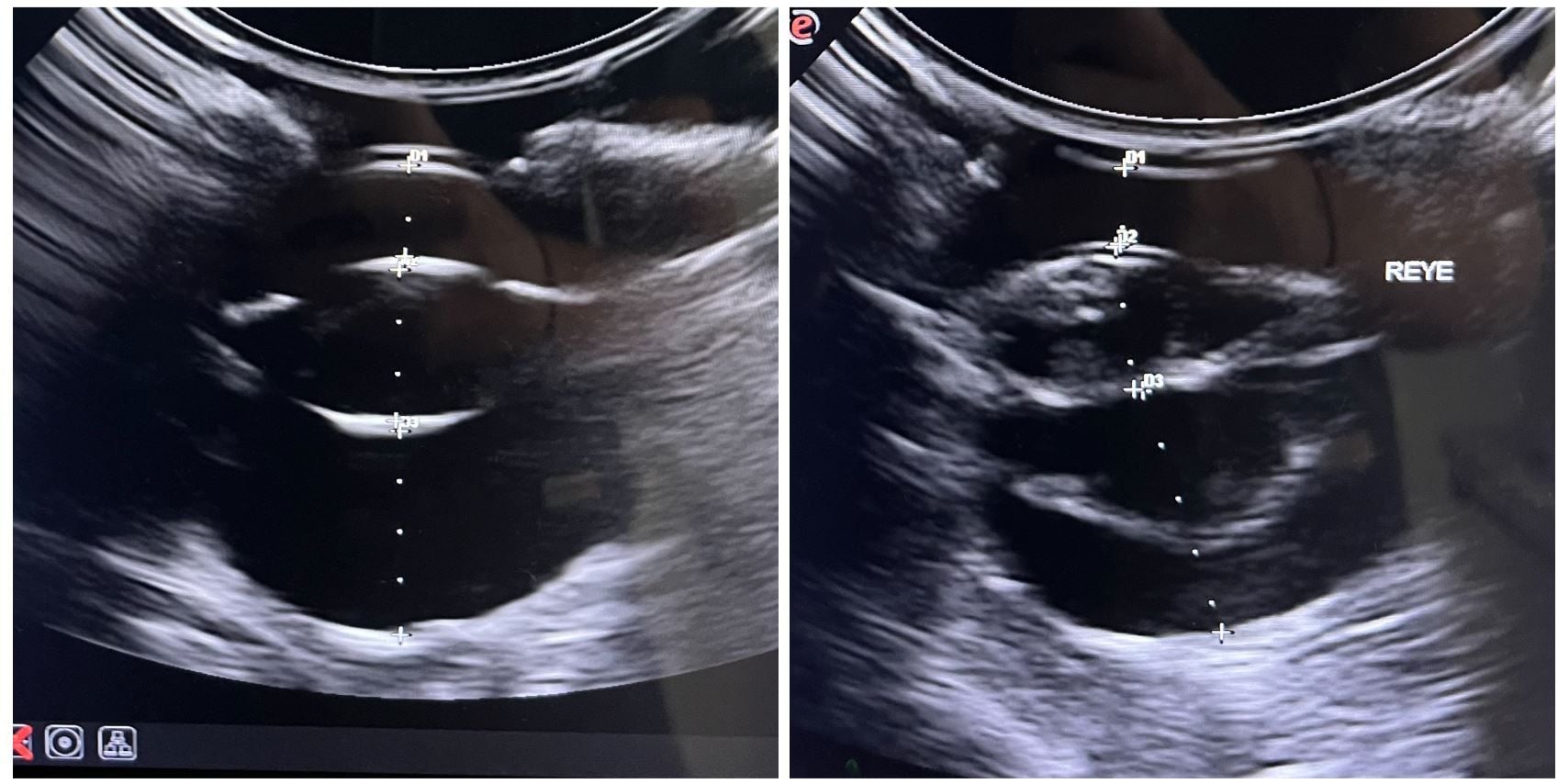
Normal eyeball left, abnormal eyeball right (with detached retina visible floating in back chamber of the eye)
Muffin - A Sick Tummy
Muffin, a senior Schnoodle, wasn’t feeling well. She had vomiting, diarrhoea, and was very lethargic. Blood tests suggested possible liver or gallbladder disease, which can sometimes be very serious.
A quick ultrasound helped rule out gallbladder disease—the scan showed her gallbladder was perfectly healthy. With that reassurance, we could focus on treating her tummy upset with anti-nausea medication and a special gastrointestinal diet, and Muffin was soon on the mend.
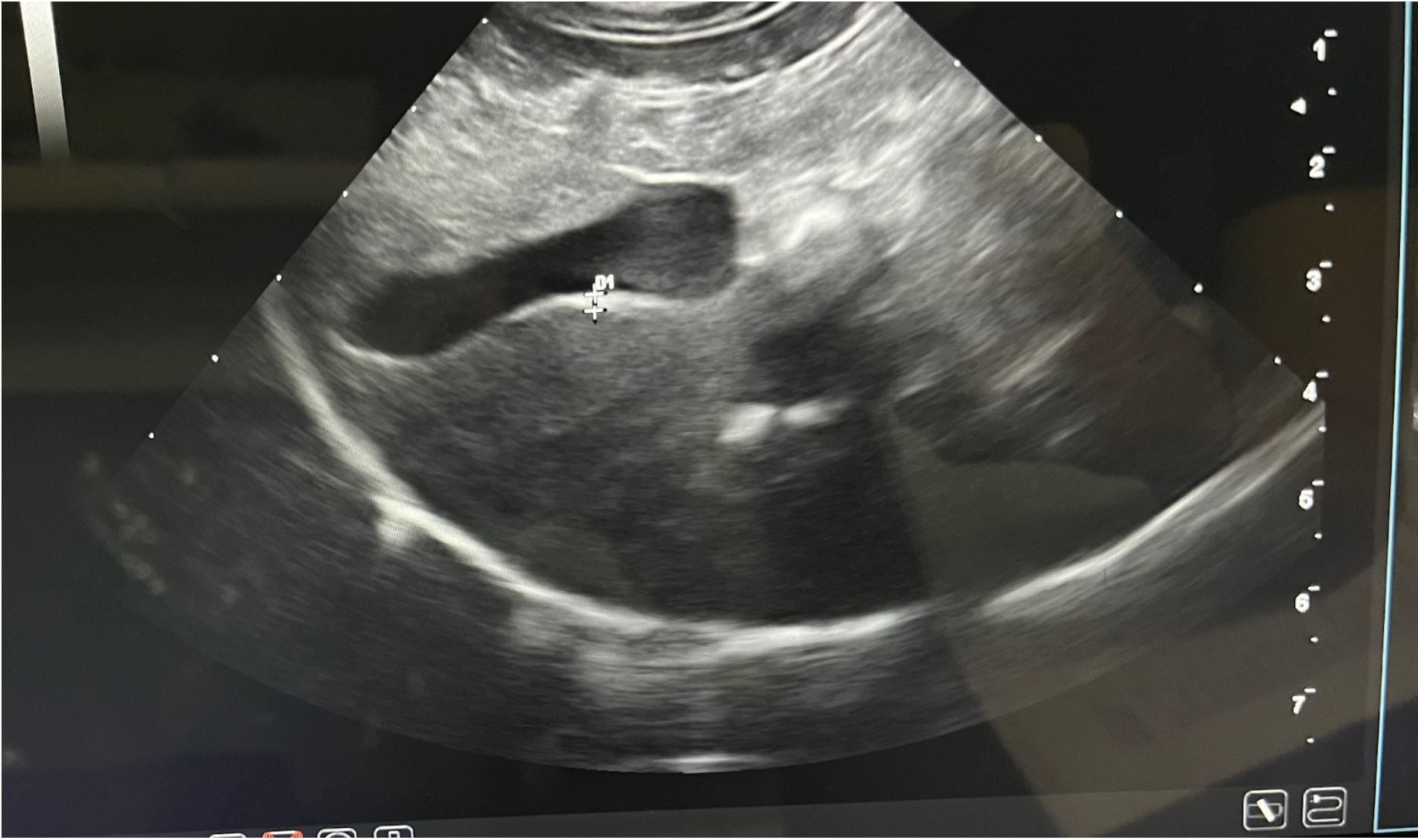
Gall bladder is a dark oblong structure within the grey liver
Ruby - Urinary Troubles
Ruby came in because she was urinating in unusual places. Her urine test didn’t show any infection, but ultrasound revealed the real cause: a 1cm bladder stone and three small polyp-like growths on her bladder wall.
Ruby started on a special diet to help dissolve the stone, and we’ll be re-scanning her in a few weeks to check her progress. The ultrasound will also help us monitor the bladder polyps. If they change or grow, we can plan the next steps such as surgery or biopsy.

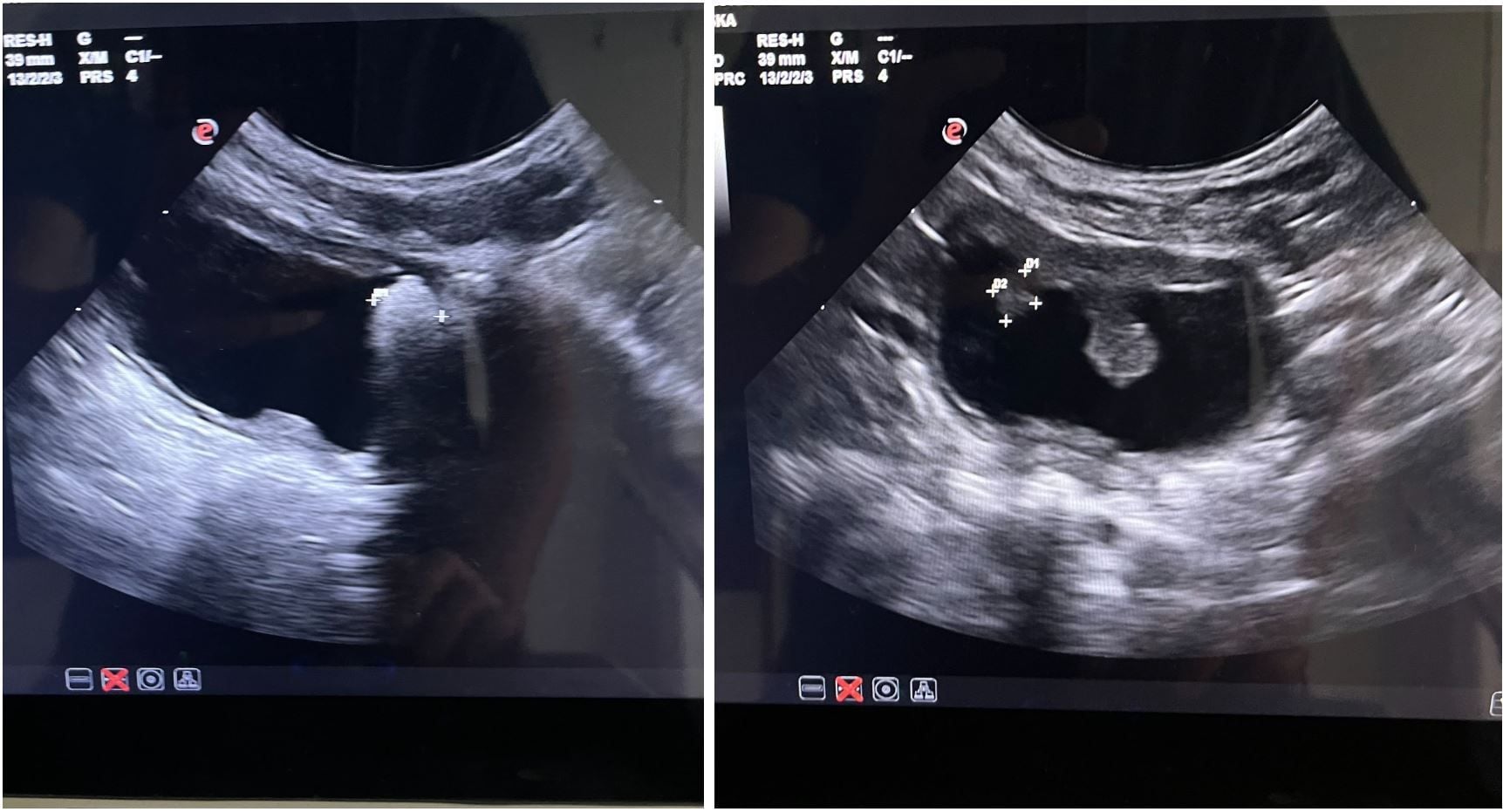
Why Ultrasound Matters
Ultrasound gives us a safe, non-invasive way to look inside your pet’s body in real time. It helps us:
Diagnose conditions earlier and more accurately
Avoid unnecessary procedures
Provide peace of mind with fast results
Monitor ongoing issues with repeat scans
At our clinic, POCUS has become a vital part of patient care, helping us give pets like Jarule, Muffin, and Ruby the best possible treatment.
If your pet is unwell or showing unusual symptoms, an ultrasound may be one of the tools we recommend to get answers quickly.
Call us on (02) 9631 9322 or book an appointment online to discuss how we can help your furry family member.
| Tags:Proactive Pet CareDogHealth AdviceCatClient InformationEmergencies |
&geometry(180x112))
